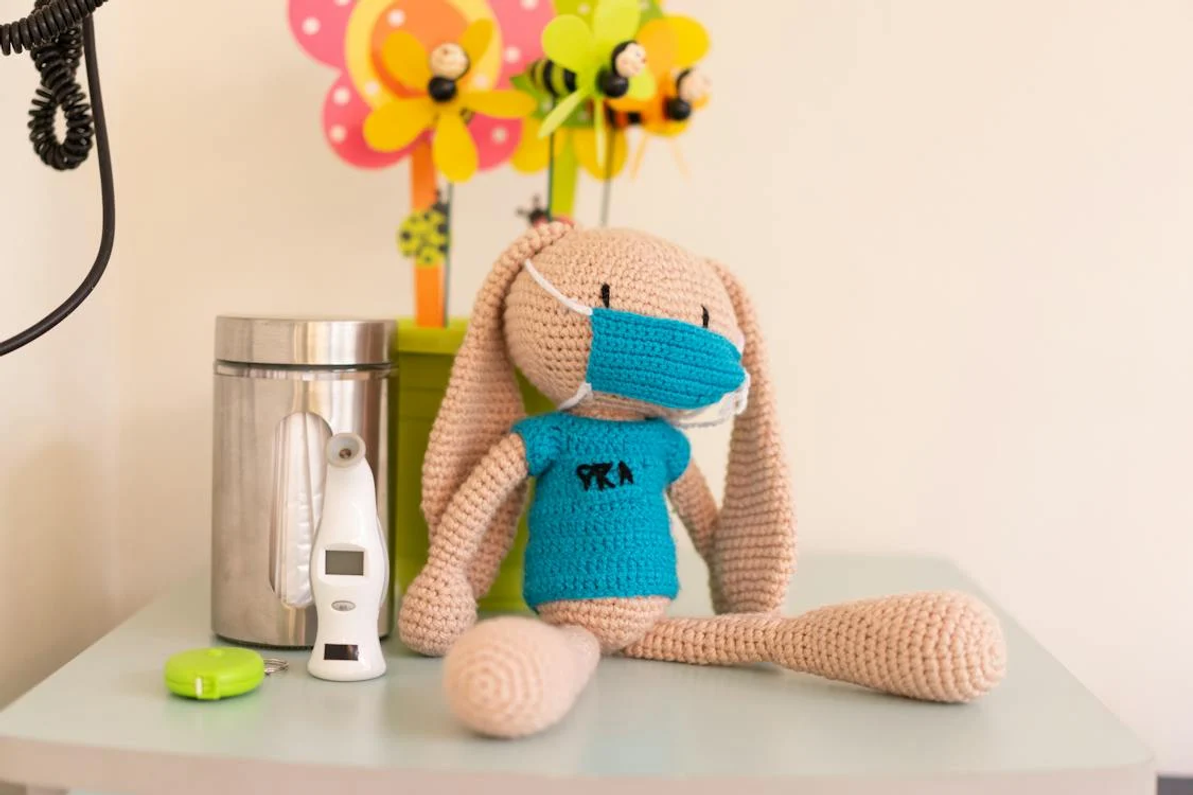How to Disinfect Kids Toys: A Guide for Parents
In today's world, maintaining a high level of hygiene is more crucial than ever, especially for our children. Kids are notorious for putting everything in their mouths, including their toys, which can spread harmful germs and bacteria. Therefore, as responsible parents, it's essential to make sure that our children's toys are properly disinfected and sanitized to keep them healthy and safe.
“Toy disinfection isn't just about wiping away grime; it's about wiping out germs to pave the way for healthy playdates and happy memories.”
But how do we go about sanitizing kids' toys effectively? Let's explore some practical methods to ensure that we clean our children's toys thoroughly.
The Importance of Sanitizing Children's Toys
Before delving into the specifics, let's first understand why sanitizing toys is so important. Children have developing immune systems, making them more susceptible to infections and illnesses. Toys, being constant companions during daily activities, accumulate germs from various sources such as other children, surfaces, and even animals. Failure to regularly disinfect these toys can put our little ones at risk of falling ill. Therefore, incorporating toy sanitization into our regular cleaning routine is crucial for our children's well-being..
Choosing the Right Disinfectant
Not all disinfectants are created equal, and it's essential to select products that are both effective and safe for children. Look for disinfectants specifically designed for use in children's environments, free from harsh chemicals and toxins.
Natural alternatives like vinegar or hydrogen peroxide can also be effective and safe options. Ensure that the disinfectant you choose effectively kills germs and bacteria without posing any harm to your child.
Disinfecting Hard Toys
Sanitizing hard toys, such as those made from plastic or metal, is relatively straightforward. Start by washing the toys in warm, soapy water to remove any visible dirt or grime.
Then, immerse the toys in a mixture of water and disinfectant, or use disinfectant wipes, ensuring all surfaces are thoroughly coated. Let the toys soak for 5-10 minutes before rinsing them with clean water. Finally, allow the toys to air-dry completely before returning them to us.
| Pro Tip: Take advantage of sunlight's natural disinfecting properties by allowing toys to air-dry in direct sunlight after cleaning. UV rays help kill bacteria and viruses, providing an extra layer of cleanliness. |
Disinfecting Soft Toys
Sanitizing soft toys, like plushies, requires special care. Check the manufacturer's instructions to determine if the toys are machine washable.
For machine-washable toys, use a mesh bag to protect them during the washing cycle. Use gentle detergents and hot water to clean the toys thoroughly, incorporating a disinfection process into the washing cycle.
Alternatively, use a fabric-safe disinfectant spray or wipes to sanitize the surfaces of soft toys. Ensure the toys are completely air-dried before allowing children to play with them again.
Incorporating Toy Disinfection into Your Routine
Establishing a cleaning schedule for your child's toys is essential for maintaining a hygienic environment. Schedule regular toy checkups as part of your home cleaning routine, involving your child in the process to teach them about cleanliness and responsibility. Consider implementing rules such as no food or drinks while playing with toys to minimize contamination.
Using Disinfectant Wipes
Disinfectant wipes provide a convenient solution for quick and easy cleaning, especially when time is limited. Choose wipes specifically formulated for use on toys and other surfaces that come into direct contact with children.
Thoroughly wipe all surfaces of the toys with the disinfectant wipes, ensuring they are visibly wet with the solution.
Disinfectant wipes are preferred due to their convenience, which makes them suitable for cleaning on the go.
Carry a pack of wipes wherever you go whether in your diaper bag or purse so that you will not have to struggle with cleaning your child’s toys whenever it is necessary.
In conclusion, disinfecting toys is essential for maintaining a clean and safe environment for your child to play. Whether you choose to use disinfectant wipes, sprays, or traditional cleaning methods, consistency and thoroughness are key.
By incorporating toy sanitization into your daily cleaning routine, you can help prevent the spread of germs and bacteria, ensuring your child's health and well-being. Don't wait any longer; start sanitizing your child's toys today for a cleaner and safer environment.
Recent Posts
-
Understanding Antibiotic-Resistant Bacteria: MRSA & CA-MRSA
Section 1: Everyday Understanding of MRSA & CA-MRSA What Are Antibiotic-Resistant Bacteria? Anti …3rd Jun 2025 -
Sweaty Gear, Clean Gains: Why Summer Hygiene Is Critical for Sports Facilities
When temperatures rise, so does the grind — and the grime. Summer is peak season for workouts, …27th May 2025 -
The Clean Pool Club: Why Facility Hygiene Sells More Summer Memberships
Summer is prime time for pool facilities to shine — both literally and financially. As tempera …21st May 2025

